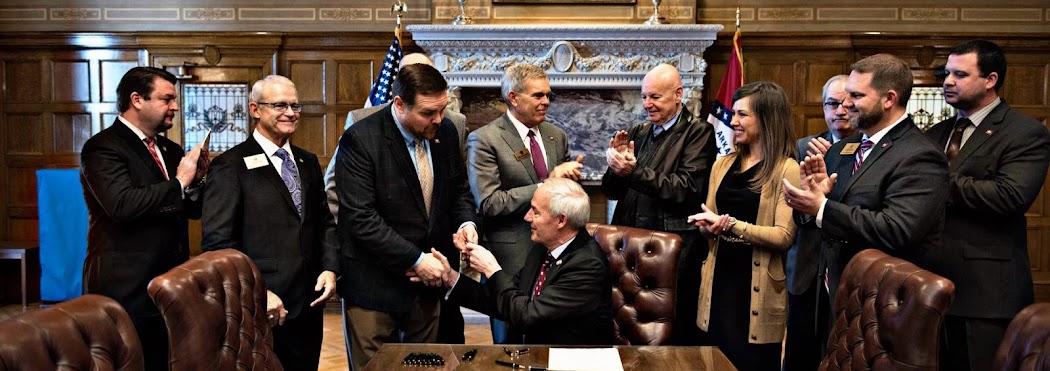Statistics don't lie: our nation is in the midst of a housing crisis, and its impact is felt most profoundly by middle- and lower-income Americans. Regrettably, there appears to be no immediate relief in sight. To effectively address this crisis, we must confront its root cause head-on and implement viable solutions to increase housing supply. While zoning reforms promoting denser housing and multiple family dwellings offer hope, it is imperative that we take into account the diverse needs of families as we chart a path forward.
Thankfully, policymakers have begun actively engaging in zoning reforms that facilitate the construction of affordable housing. By loosening restrictions and regulations, the process of building denser residences and multiple family housing becomes more streamlined, thereby helping to alleviate the shortage. However, it is crucial to recognize that such housing options do not cater to the preferences of every family. The widely cherished “American Dream” often encompasses aspirations of home ownership or, at the very least, a stable place to rent that includes some space. Families may desire a home with a yard for their children to play in, a garage for their cars, or even a shop. Therefore, to address the housing crisis comprehensively, we must seek solutions that accommodate a diversity of housing preferences.
In this pursuit, collaborative efforts among local governments, developers, and communities play a vital role in creating a balanced approach that addresses the pressing need for housing while respecting the concerns of local residents.
Fortunately, there are companies that have long been committed to addressing this need. For instance, Rausch Coleman Homes boasts a rich legacy of over 65 years in building affordable new homes across multiple states, including Arkansas, Oklahoma, Missouri, Kansas, Texas, and Alabama. By providing new homes for middle and working-class families, they not only fulfill the dreams of these families but also create opportunities for others to purchase or rent less expensive homes previously occupied by their customers. This not only helps alleviate the immense pressure caused by the housing shortage for their customers directly, but also increases the availability of more affordable housing options for lower and fixed-income individuals.
However, despite the commendable efforts of companies like Rausch Coleman Homes, they often encounter significant obstacles when striving to build affordable homes at scale. Local governments and communities, while claiming to understand the severity of the housing crisis, often resist the establishment of affordable housing in their neighborhoods. This resistance, commonly referred to as “NIMBYism” (Not In My Backyard), poses a significant hindrance to resolving the housing crisis and providing new homes for families in need.
To surmount this barrier, it is crucial for communities to recognize the urgent need for affordable housing and the far-reaching benefits it brings to society as a whole. Educational campaigns and awareness initiatives can help dispel misconceptions and foster understanding among residents. By demonstrating the positive impact of affordable housing on local economies, community cohesion, and the overall well-being of its inhabitants, we can garner support and mitigate resistance.
In conclusion, the housing crisis that currently afflicts our nation demands immediate attention and concerted efforts to find lasting solutions. While zoning reforms favoring denser housing and multiple family dwellings are crucial, we must also acknowledge and address the diverse needs of families seeking stable housing. Companies like Rausch Coleman Homes provide a glimmer of hope, but they face significant challenges due to the prevalence of “NIMBYism.” Overcoming this resistance necessitates educating communities and policymakers about the benefits of affordable housing while actively reforming zoning regulations. Only through collective action can we alleviate the burden on lower and fixed-income Americans, ultimately creating a more equitable and sustainable housing landscape.




